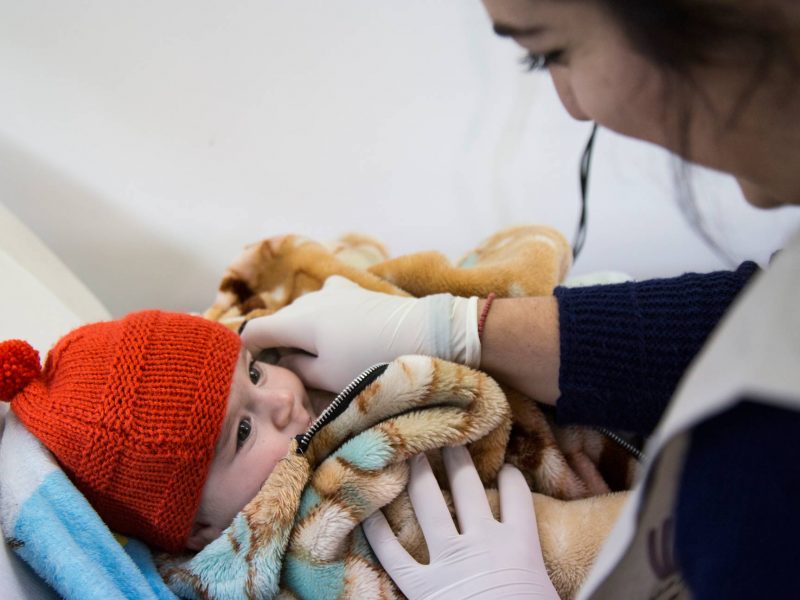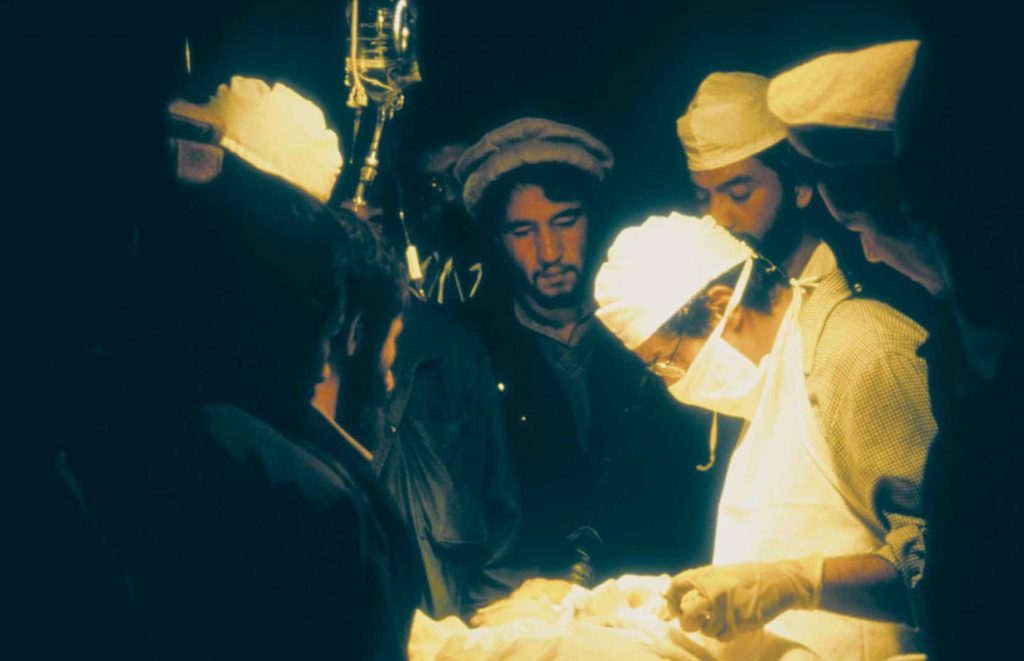
Our History
The establishment of International Medical Corps in 1984 ushered in a new and different kind of humanitarian organization. By providing healthcare backed by training, International Medical Corps challenged—indeed, changed—the very definition of relief work.
Our History In Review
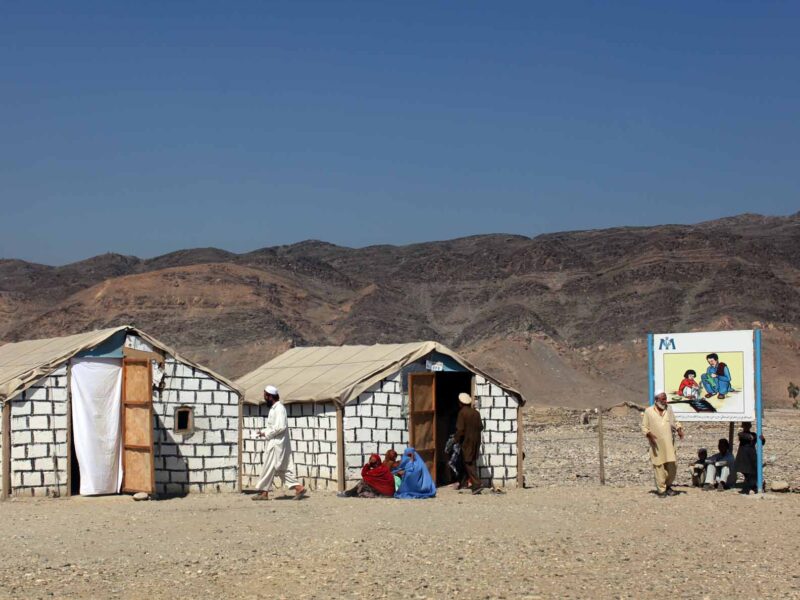
Afghanistan
Unable to stand by and watch an entire nation deprived of basic healthcare, our founder creates International Medical Corps by taking a pioneering approach: train Afghan civilians as advanced medics, then support and supply them as they return to Soviet-occupied Afghanistan to treat residents in their home communities. The unprecedented program succeeds, establishing our work and the important role of training in humanitarian assistance.
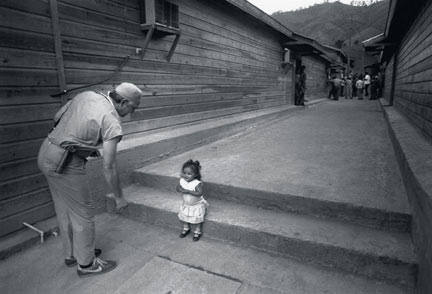
Honduras
Our teams deploy to Honduras, providing reconstructive surgery and healthcare for those displaced by armed conflict in Nicaragua.
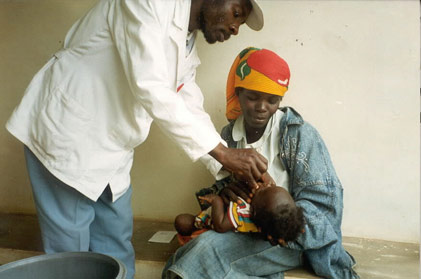
Angola
International Medical Corps touches a third continent—Africa—venturing into dangerous areas where few relief agencies are willing to go, delivering emergency healthcare to civilians trapped on both sides of Angola's civil war. Our work expands after we successfully convince the warring parties to allow us to reach those in greatest need. Locally trained vaccinators immunize thousands of children and women against preventable disease. In addition, we expand to build self-reliance with nutrition and agriculture programs.

Somalia
Our emergency relief teams land in Somalia as the first American non-governmental organization in the country. We brave civil war to deliver desperately needed war-related surgery to civilians injured in the capital, Mogadishu, then follow up with a nutrition program for those caught up in an ensuing famine that grips vast areas of central Somalia. The speed and reach of our response furthers our reputation as an organization prepared to go where we are needed most.

Thailand & Cambodia
Working initially from Thailand, we develop maternal- and child-health training materials for Cambodian refugees. Later in the year, we go on to launch a training program inside Cambodia to promote positive health behavior, deliver maternal- and child-health services, and refer patients for substantive care.

Bosnia
Drawn by brutal ethnic cleansing and civilian suffering accompanying the break-up of the former Yugoslavia, International Medical Corps begins work in Europe for the first time. In Bosnia, we conduct emergency medicine training for physicians, create an ambulance system and deploy mobile clinics. We also launch our first mental health program to support those with psychological trauma resulting from the war, focusing on young children and teenagers.

Namibia
International Medical Corps develops nearly 30 wells on a water resource project in Namibia, then transfers operational responsibility to local officials, creating a greater measure of self-reliance.

Rwanda & Sudan
International Medical Corps responds inside Rwanda just a few days after the genocide begins, to provide emergency healthcare to survivors and those displaced by the violence. With most medical specialists lost in the frenzy of killing, our training program for survivors helps lay the groundwork for a new health sector. In southern Sudan (now South Sudan), local workers help us rehabilitate a major hospital, reactivate a surgical unit and implement an immunization training program for more than 1,300 women and children.
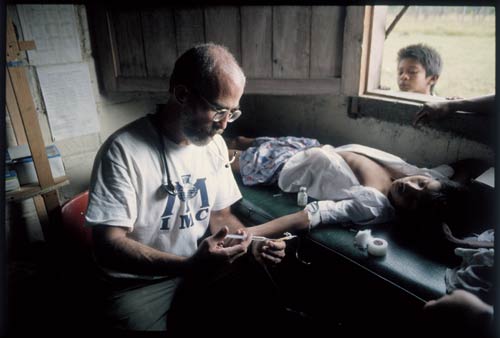
Four Continents
In a single year, we respond in four new countries on four continents, including Honduras, where we provide emergency healthcare in remote villages to Hurricane Mitch survivors; in the Democratic Republic of the Congo, where we offer emergency healthcare to those displaced by civil war; and in Nairobi, Kenya, where after a terrorist bomb explodes near the American embassy, we train more than 550 local health staff as medics and later expand the program to include ambulances and communications systems, enabling health workers to meet the demand for emergency services.
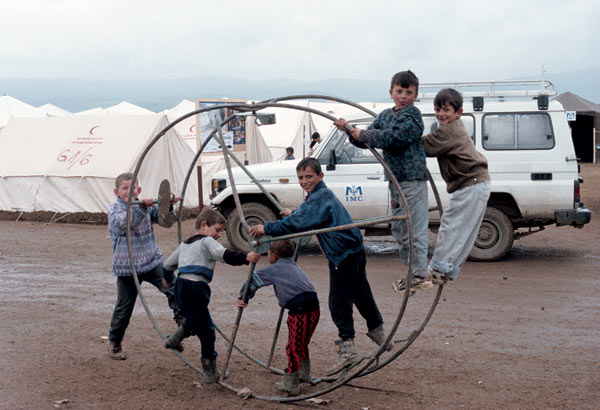
Kosovo
In Kosovo, our mobile medical units provide emergency and primary healthcare to survivors of ethnic cleansing spreading through the Balkans. During the crisis, we treat thousands in Albania, Kosovo and Macedonia. We are among the first relief organizations to expand into Kosovo after NATO bombing ceases. In the months that follow, we provide training as we work hand-in-hand with returning refugees to help rebuild their healthcare system, which had been bombed and looted during the war.

Georgia
We implement health programs for nearly 300,000 displaced persons in Georgia, a country plagued by ethnic and civil strife since its 1991 independence from the Soviet Union. Through health insurance initiatives, micro-projects and extensive health education and training components, we serve more than 500,000 people in nearly 300 communities.
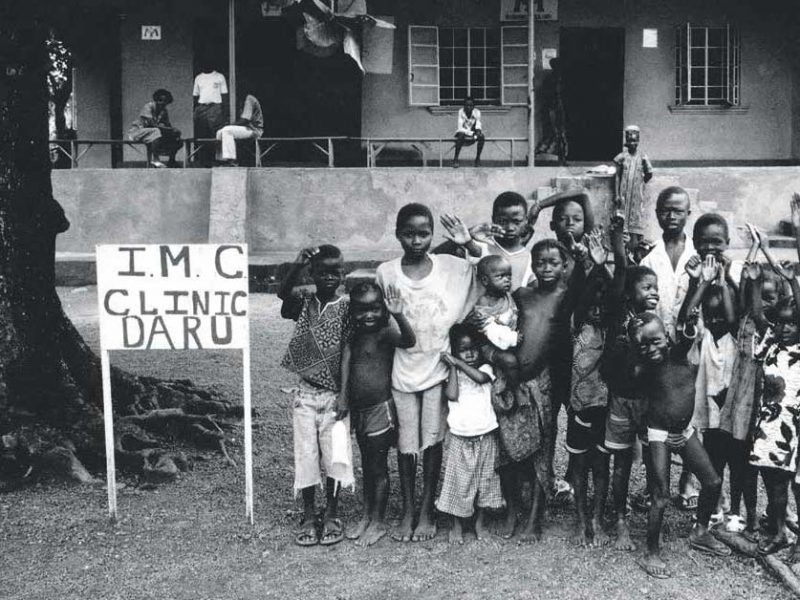
Sierra Leone
International Medical Corps gives residents in civil war-torn Sierra Leone access to primary healthcare services. We rehabilitate a provincial referral hospital and train the healthcare workers who ultimately staff it. We also provide healthcare and screening to demobilized combatants, including child soldiers who had been tortured, forced to join rebel ranks and engage in combat.

North Caucasus
In response to the Russo-Chechen wars, we begin services in the North Caucasus of the Russian Federation that continue over the next seven years and include primary healthcare, psychosocial and mental health support, public health outreach on tuberculosis, and HIV/AIDS prevention to communities in Ingushetia. We also launch programs in Azerbaijan that include an community-based primary healthcare delivery program, plus an HIV prevention program that uses peer health-education programs to reach more than 100 communities.
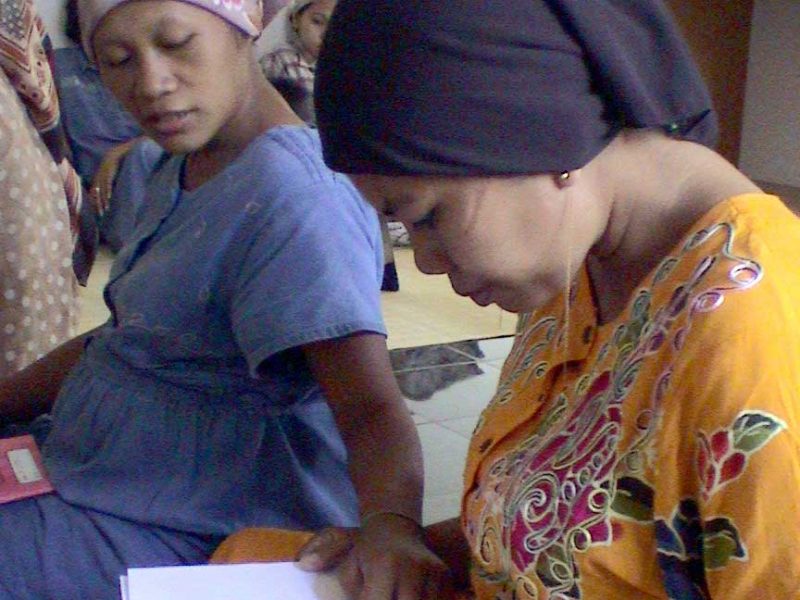
Indonesia & East Timor
In Indonesia, we establish an emergency healthcare program in North Maluku, then expand to other areas following crises in Maluku, West and Central Kalimantan, Madura Island, North and Central Sulawesi, and North Sumatra. In East Timor, we provide maternal and child healthcare and begin to rebuild a national healthcare training center in Dili that was destroyed amid the violence leading to Timor’s independence from Indonesia.

Eritrea
We deploy to Eritrea when conflict between Ethiopia and Eritrea leaves more than 1 million people displaced. Our medical teams assist Eritrean returnees, using mobile clinics and health centers to provide curative consultations, prenatal care, immunizations and supplementary feeding to more than 50,000 people in 12 remote villages.
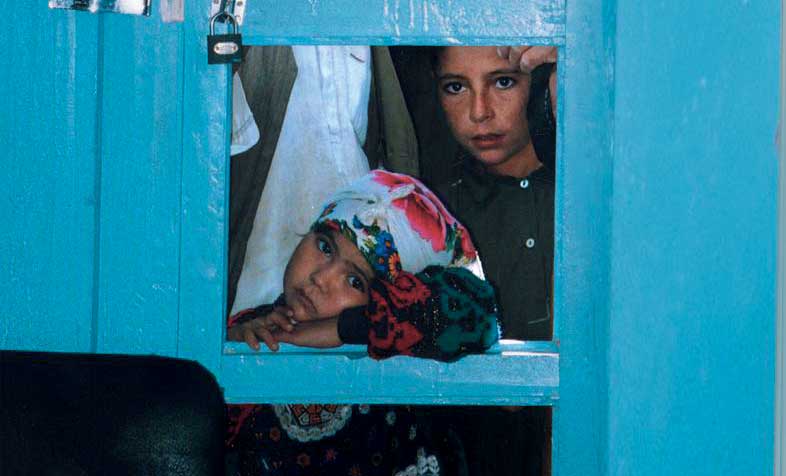
Afghanistan
International Medical Corps increases its presence in Afghanistan following the fall of the Taliban, first providing emergency relief, then supporting health system development with programs ranging from primary healthcare to midwifery education and hospital management. Many of those we initially trained in the 1980s rejoin us or go on to take leadership positions in the Ministry of Public Health.
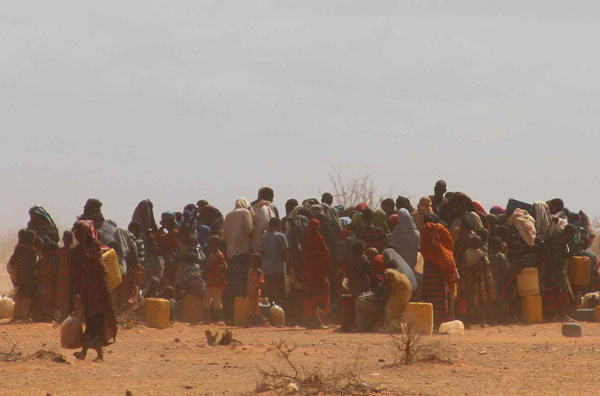
Ethiopia
Severe drought creates a food crisis in Ethiopia, where we undertake an emergency nutrition program with community-based therapeutic feeding. We also train local health workers and establish nutritional early warning systems.
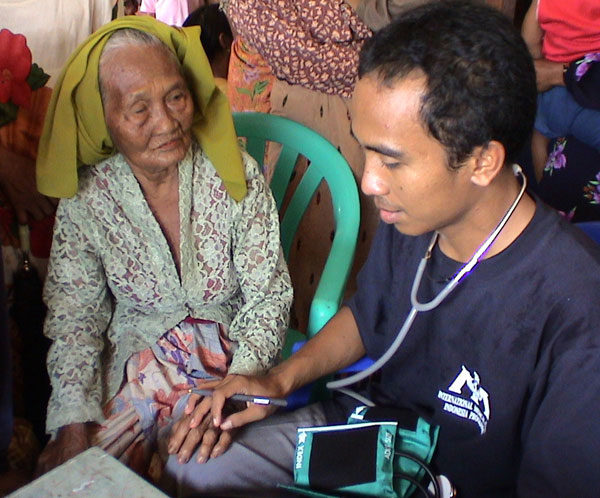
Indonesia
Following the terrorist bombing in Bali, Indonesia, we provide emergency triage and lifesaving care for the wounded, then expand our healthcare services and training to include counseling and educational messages on mental health, stress and trauma.
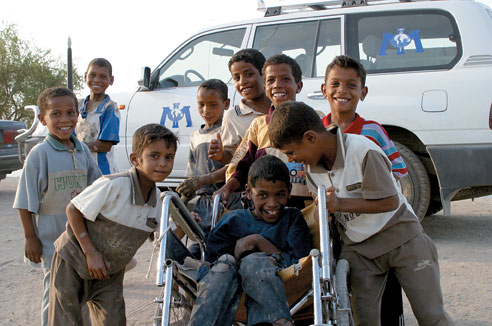
Iraq
We are one of the first international relief organizations to begin work in Iraq following the 2003 war and the only one to operate in all 18 of the country’s governorates through the height of insurgent-led violence in the years that followed. We assist with reconstruction, provide medical training, hospital rehabilitation, and water and sanitation services.
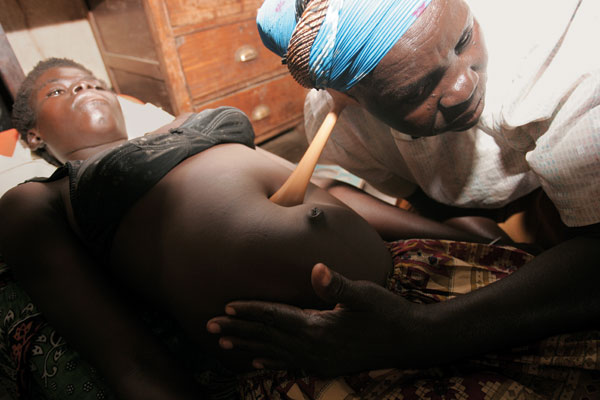
Uganda
International Medical Corps responds to conflict in northern Uganda sparked by a resurgence of the Lord’s Resistance Army. We provide emergency medical relief and nutrition services to the most vulnerable of an estimated 1 million displaced civilians. We respond again three years later with mobile health clinics as increased violence leads to further deterioration of health services.
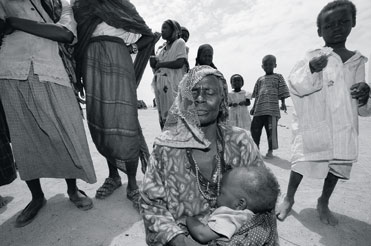
Darfur (Sudan)
Our emergency relief teams deploy to Darfur to assist those displaced by fighting. We begin emergency relief, focusing programs on the needs of women and children displaced inside Darfur as well as those seeking refuge in eastern Chad and northern Central African Republic.
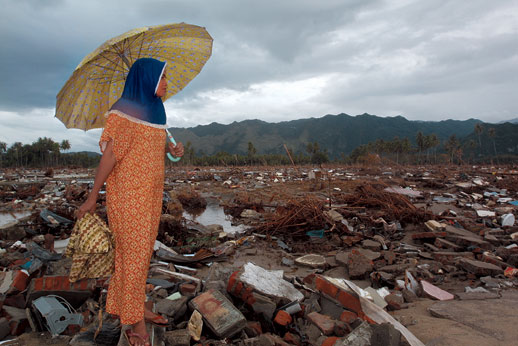
Indonesia
International Medical Corps is among the first international relief organizations to reach Indonesia's hard-hit Aceh region following the giant Indian Ocean tsunami. We also are one of the few to remain until the acute emergency ends, providing a broad range of healthcare—including emergency medicine, trauma surgery, maternal and child health—in some of the worst-hit communities of a disaster that claims approximately 250,000 lives across the Indian Ocean region. In Sri Lanka, we establish the country’s first mental health program to assist tsunami survivors.
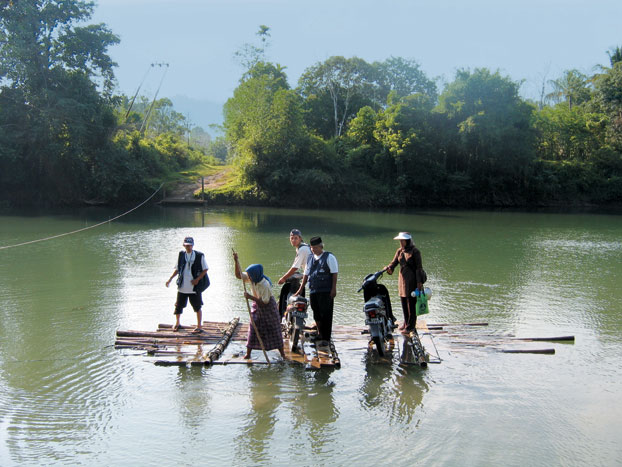
Indonesia
In the Indian Ocean tsunami’s aftermath, we strengthen a local Indonesian medical relief group by partnering to create a comprehensive emergency preparedness and response program in disaster-prone areas throughout the country. The program is soon tested, successfully limiting damage and loss of life caused by major earthquakes in Nias in 2006 and 2007.
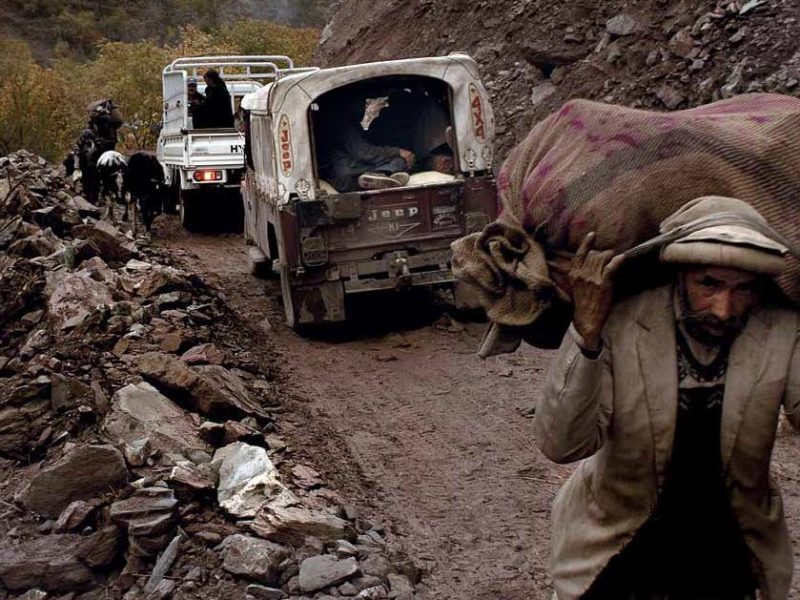
Pakistan
Our medical response teams are on the scene within 12 hours of a major earthquake in northwestern Pakistan, delivering emergency care to survivors of a catastrophe that claims more than 70,000 lives.

United States
International Medical Corps deploys within the United States for the first time, providing mobile medical units to assist the victims of Hurricane Katrina in Louisiana. We also offer psychosocial support for those who lose loved ones, their homes and their entire neighborhoods to the storm.
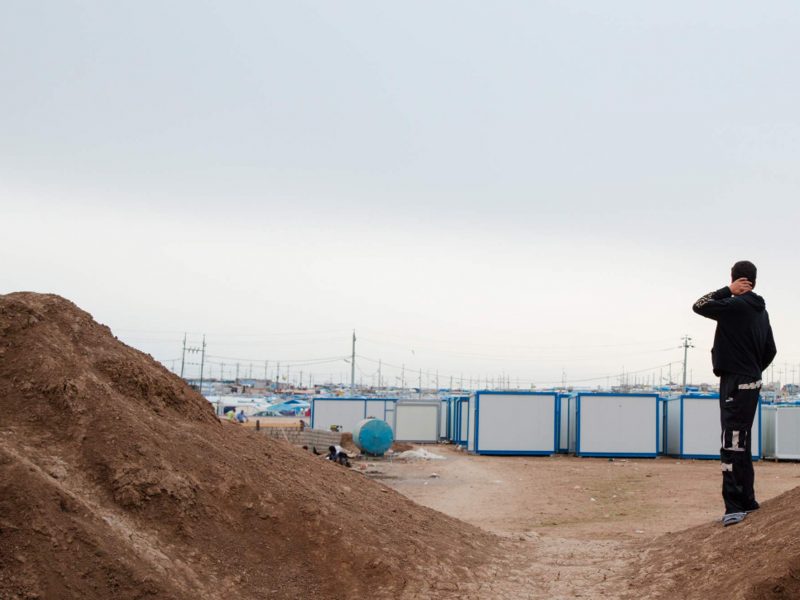
Lebanon
Following the outbreak of war in southern Lebanon, International Medical Corps’ response teams distribute critical healthcare and medical supplies to local clinics, dispensaries and hospitals overwhelmed by the needs of nearly 1 million people displaced by the fighting. We remain after the violence ends to rehabilitate and resupply damaged clinics and participate in other programs, including awareness programs warning children of the dangers of unexploded ordnance.
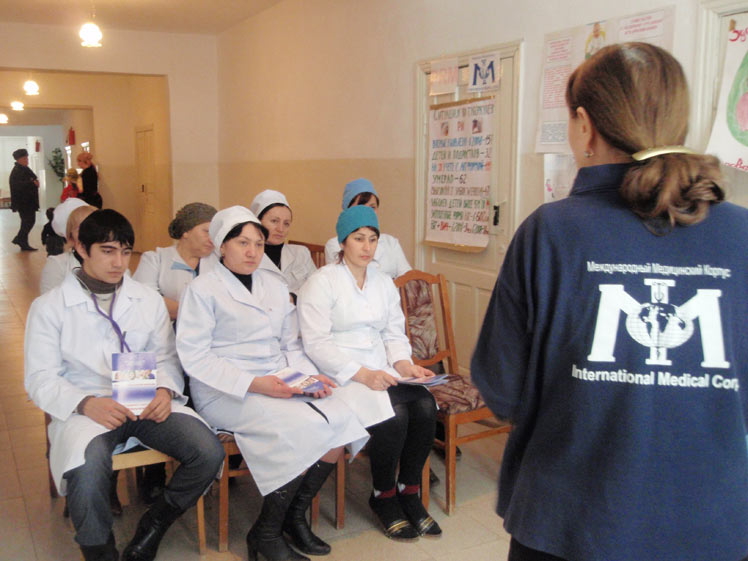
Caucasus
We launch training and education programs in Dagestan and Chechnya to improve healthcare for those left vulnerable as a result of political turmoil.

Middle East
We respond across a broad front to a regional crisis in the heart of the Middle East as more than 2 million Iraqis flee the violence of sectarian warfare and a virulent insurgency. As refugees flood into neighboring Lebanon, Jordan and Syria, we provide primary healthcare, including psychosocial support, in all three countries for both Iraqi refugees and local host populations.
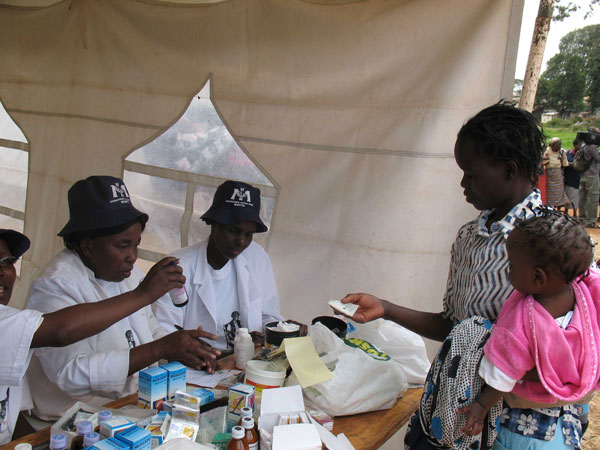
Kenya
International Medical Corps responds quickly in Kenya to provide emergency medical services and mental health care to thousands of those displaced amid large-scale violence sparked by disputed national election results. The same year, we improve access to clean water for nearly 50,000 nomadic pastoralists in the remote and dry northern district of Samburu, where we establish village water committees to manage and maintain wells, provide community water and hygiene education for families and schools, and construct latrines.
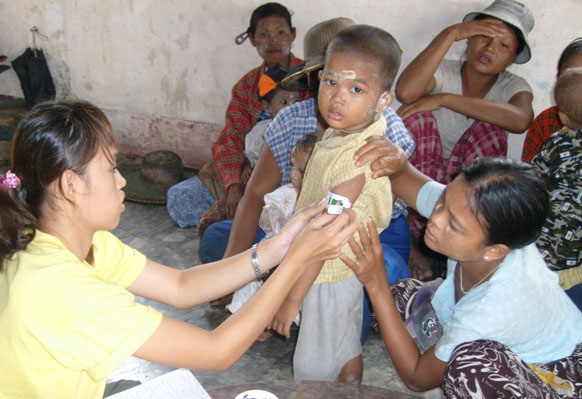
Myanmar
We join the international response to help survivors of Cyclone Nargis, the worst natural disaster in the history of Myanmar, which claims more than 100,000 lives and destroys much of the densely populated Irrawaddy delta. We provide emergency care and relief supplies, then stay on to provide farmers with the seed, tractors and fuel they need to start again.

Mozambique & Zimbabwe
In Mozambique, we train health workers and raise awareness of HIV/AIDS by promoting voluntary testing, providing counseling, teaching ways to prevent mother-to-child transmission and encouraging reproductive health. In Zimbabwe, we respond to a crippling cholera epidemic, providing medical supplies to local partners, then launching long-term interventions—including clean water, sanitation, and hygiene (WASH) promotion—as well as training programs for community-based health workers in cholera prevention and case management.
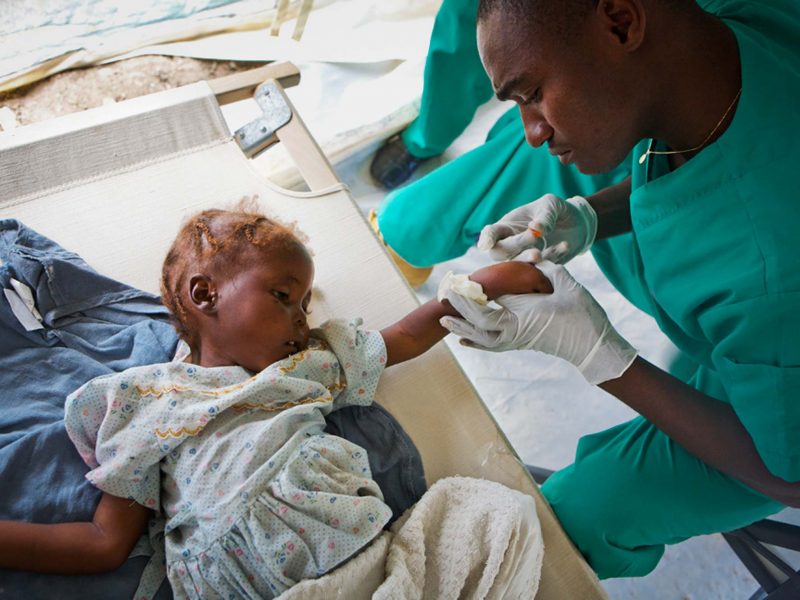
Haiti
We arrive in Haiti's capital, Port-au-Prince, within 24 hours after a 7.0 earthquake leaves hundreds of thousands dead or injured and much of the city and surrounding areas in shambles. We provide critical emergency medical care and coordinate the humanitarian response at the country’s largest hospital, where we see hundreds of patients daily. When a cholera outbreak erupts, our team of 1,100 locally-trained Haitian health workers leads a massive response to treat the sick and educate communities on prevention.

Chile
For the second time in as many months, we respond to a major earthquake in our own hemisphere after a massive 8.8 quake off the coast of central Chile causes extensive damage. A resulting tsunami wreaks havoc in several large coastal communities, but the country’s strong national response capabilities limit the need for a major international relief effort.
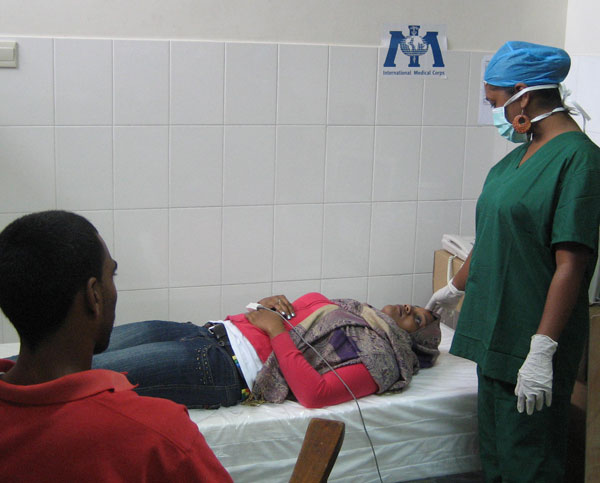
St. Lucia
Following a fire that destroys St. Jude Hospital in St. Lucia, International Medical Corps sets up a temporary medical facility, rehabilitates the damaged hospital and provides continuing medical education for hospital staff.
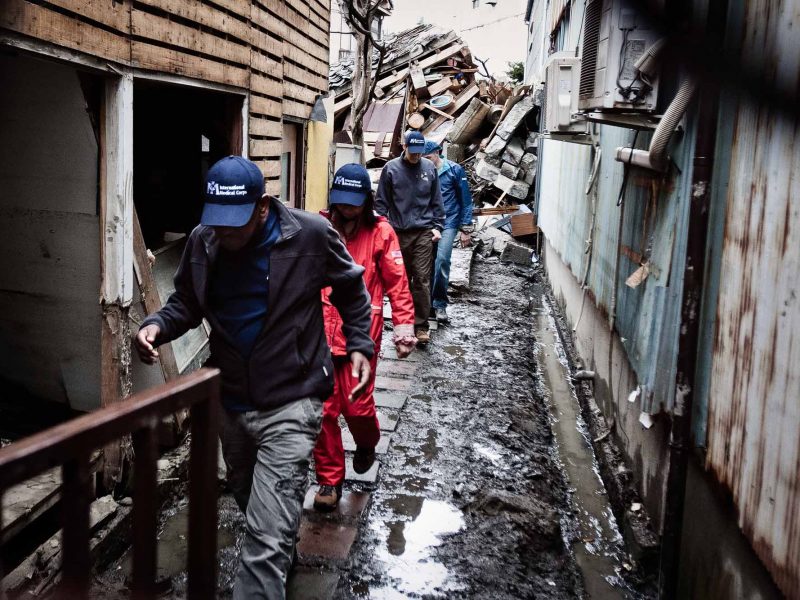
Japan
Japan has extraordinary capacity and expertise to manage emergencies; however, the magnitude of a massive earthquake and subsequent tsunami that claim more than 20,000 lives is large enough to warrant international assistance. We work in partnership with the Japanese government and local nonprofits to distribute food and medicines to affected communities, and train medical professionals, teachers, social workers and parents to support the psychological needs of those coping with the disaster.

Libya
When armed conflict breaks out in Libya, International Medical Corps is one of the first humanitarian groups to respond, providing emergency medical services administered at mobile field hospitals that we establish on the front lines. We evacuate injured patients by boat to Malta, then train local health workers. When the violence ends, we stay on to help rebuild health sector infrastructure and close gaps in key technical skills.
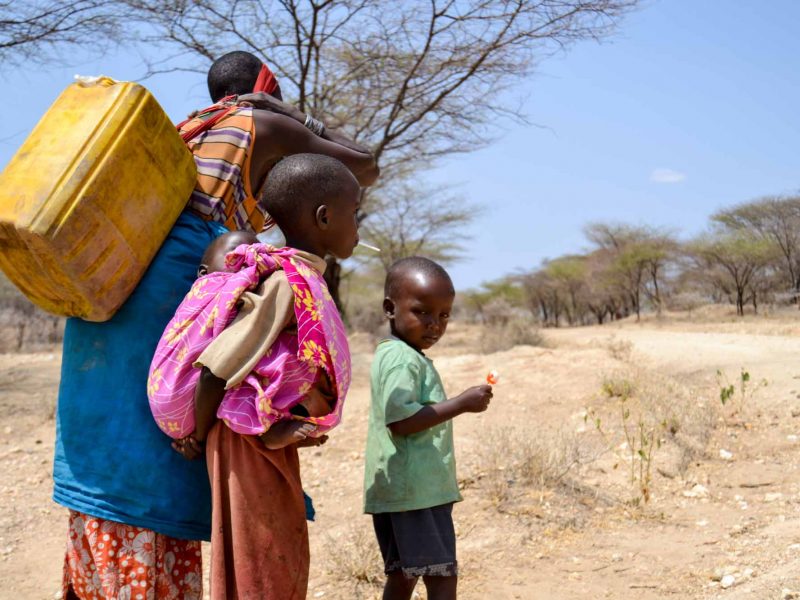
Horn of Africa
We mobilize for a major relief effort in southern Somalia, working with teams in Ethiopia, Kenya and Somalia to deliver emergency nutrition, water and sanitation services to those affected by famine in the Horn of Africa.
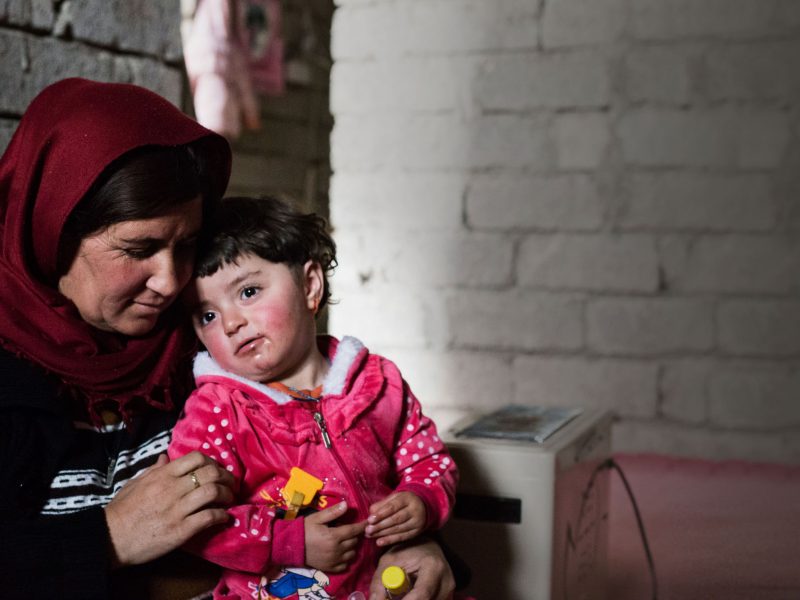
Syria Crisis
As violence escalates in Syria, where we have been working since 2007, we provide medical services to displaced Syrians while helping Iraqi refugees who had fled to Syria years earlier. As refugees flood into neighboring Jordan, Lebanon, Iraq, and Turkey, we scale up operations throughout the region, providing healthcare, clean water, nutrition and mental health services.

South Sudan
International Medical Corps provides emergency medical assistance to those injured in an outbreak of communal violence in remote areas of South Sudan. As the fighting eases, we remain to provide healthcare for those displaced by the violence and unable to return home.
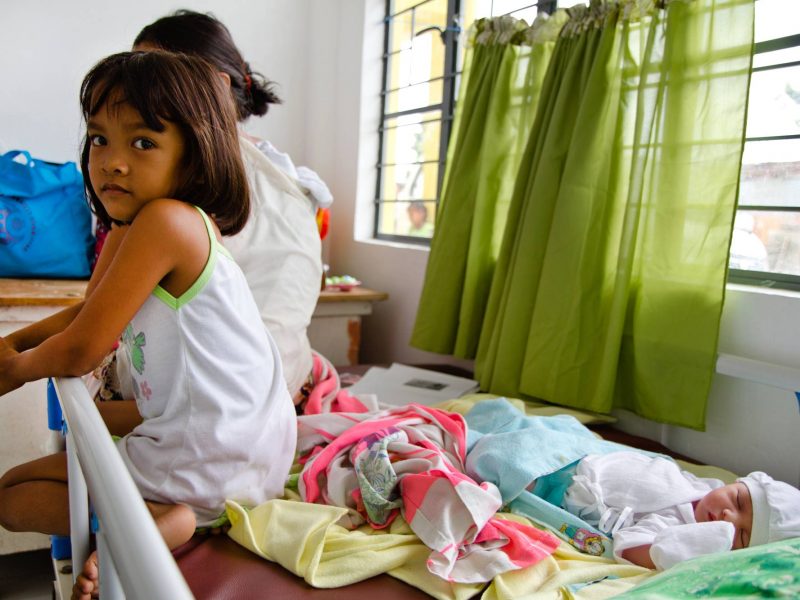
30 Years
As our 30th year begins, we respond to support survivors of two major natural disasters in Asia, and armed conflict in Africa. We work with local health authorities in India’s Odisha state to provide critically needed healthcare in more than 50 villages following Cyclone Phailin. Then, less than one month later, we provide emergency relief to residents of the central Philippines, many of whom lose everything in the wake of Typhoon Haiyan. And in both Central African Republic and South Sudan, we help thousands displaced by internal factional fighting.
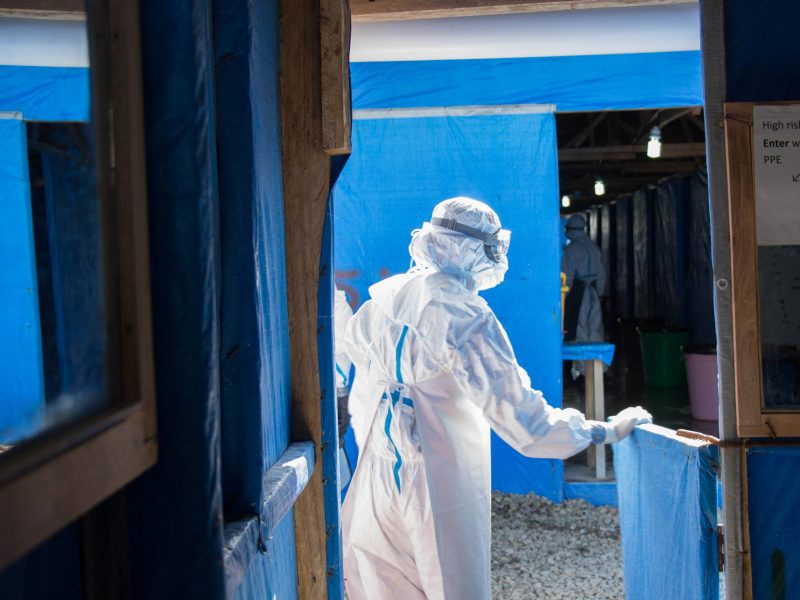
Ebola
One of the few international NGOs to treat patients afflicted with the virus at the source of the 2014 outbreak in West Africa, today we provide healthcare and psychosocial support to Ebola survivors and work to strengthen local healthcare systems as part of longer-term preparedness and response measures to prevent future outbreaks of Ebola and other infectious disease with epidemic potential.

Nepal Earthquakes
We are among the first international NGOs on the ground providing medical treatment and supplies for survivors of a 7.8-magnitude earthquake. The response later focuses on recovery, as our teams provide orthopedic and rehabilitative care to the injured. We work with local partners to provide psychosocial support, improve healthcare and gender-based violence services, and provide nutrition, water, sanitation and hygiene services, eventually helping more than 200,000 survivors.
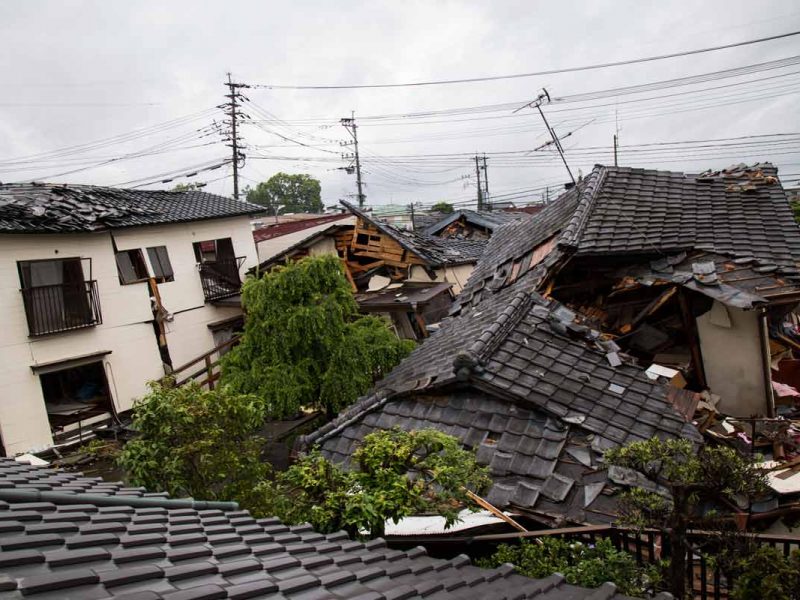
Ecuador & Japan
International Medical Corps responds to earthquakes in both Ecuador and Japan. The major quakes strike two Pacific nations thousands of miles apart within a period of two days.
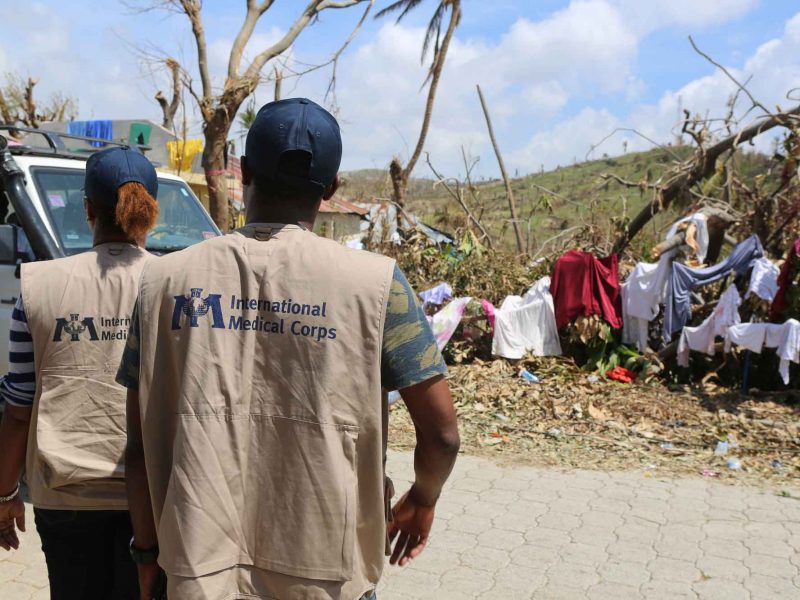
Haiti
We are on the ground in Haiti within 48 hours, helping survivors of Hurricane Matthew, a storm that causes widespread destruction over areas of southwestern Haiti, leaving nearly 1.5 million people in desperate need of humanitarian assistance. Our response teams provide emergency relief, then move to contain an outbreak of cholera that follows the initial disaster.
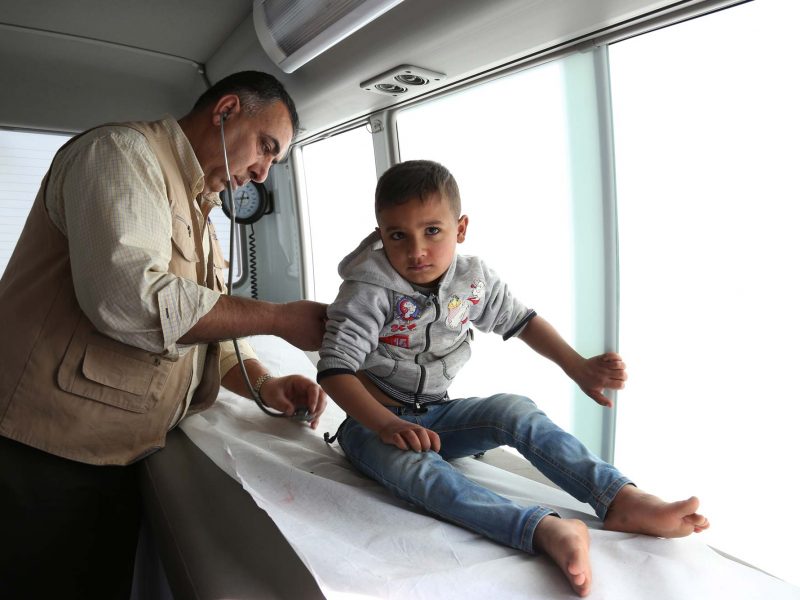
Middle East
In the Middle East, our teams assist tens of thousands of civilians whose lives remain in turmoil for yet another year of unrelenting armed conflict. We continue our response to support those trapped in Syria’s civil war, reaching a total of nearly 16 million people. In Yemen, where three of every four residents rely on international humanitarian assistance for their survival, we support primary healthcare units and major hospitals with basic medical and nutrition supplies, and clean water.

The Americas
We respond to support survivors of two powerful hurricanes that sweep through the Caribbean, causing catastrophic damage in Puerto Rico and the small island nation of Dominica, in addition to significant damage in pockets of south Florida. Our teams provide emergency relief in all three locations, including support of networks of local clinics that extend care to tens of thousands of vulnerable residents. We also respond to assist residents of Mexico as they dig out from two major earthquakes.
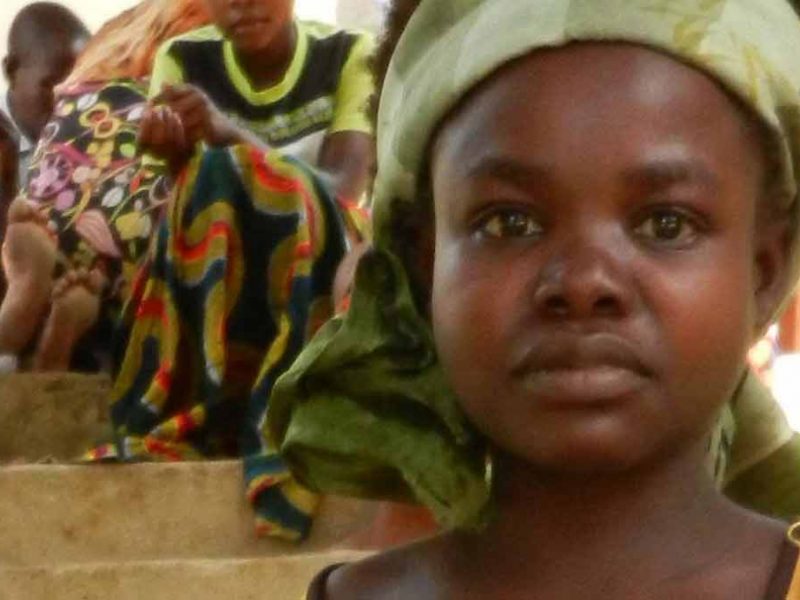
Ebola in the DRC
International Medical Corps battles two Ebola outbreaks in the Democratic Republic of the Congo (DRC), the first in a northwest province, and the second roughly 750 miles away, on the eastern edge of the country in a conflict zone, which has quickly become the second-largest outbreak ever. As part of our efforts to build local response capacity, we build, open and operate two Ebola treatment centers, build screening and referral units, provide training on infection prevention and control to healthcare workers, and participate in innovative vaccination and treatment protocols.

Hurricane Dorian
For the second time in three years, we deploy emergency medical teams to provide life-saving emergency medical care for survivors of a Category 5 hurricane, first at the state of Florida’s request to provide medical assistance, then to the Bahamas, where we work with the Ministry of Health and the Pan American Health Organization to provide care to survivors on Grand Bahama island, which has been devastated by the storm. We set up a Type 1 emergency clinic, send out mobile medical teams, and support the island's sole hospital and remaining health clinics in providing medical care, clean water and mental health services.
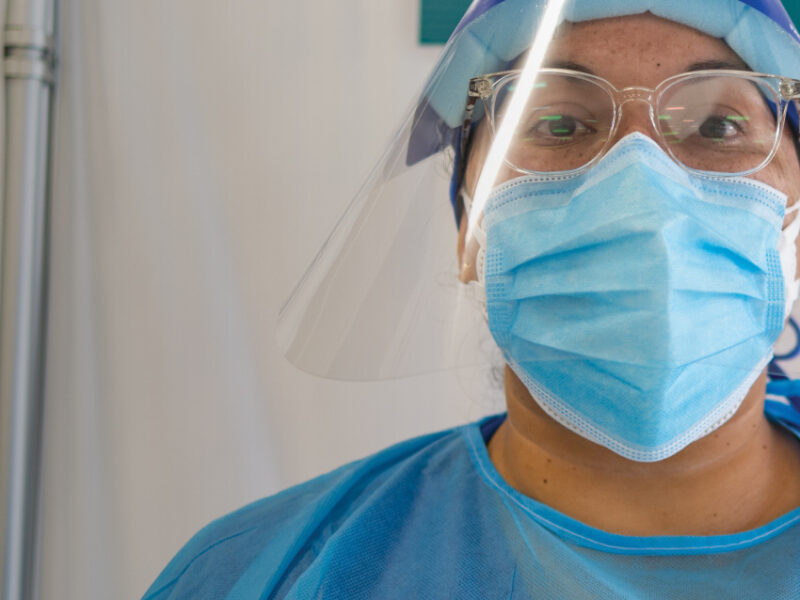
COVID-19
With the COVID-19 pandemic sweeping across the globe throughout the year, International Medical Corps springs into action in the US and abroad, providing medical expertise, equipment, training, and triage and treatment services. Over the course of a multi-year response, we screen almost 8 million people for the disease, educate almost 10 million people about it, distribute more than 32.5 million pieces of personal protective equipment (PPE) and infection prevention and control (IPC) items to health facilities, train almost 30,000 health professionals on prevention and control measures, support hundreds of healthcare facilities, and vaccinate hundreds of thousands of people.

Emergency Medical Team Classification
In June, we increased our already-robust emergency-response capacity when the World Health Organization classified us as an Emergency Medical Team (EMT) Type 1 provider, Fixed and Mobile, making us the only NGO in the world with this classification. In August, this expanded capacity was tested when a 7.2-magnitude earthquake struck Haiti, leaving more than 650,000 people in need of humanitarian assistance. We deployed our team and EMT facility, enabling our staff and volunteers to provide lifesaving healthcare services to many thousands of people.

War in Ukraine
The Russian invasion of Ukraine created humanitarian needs at a level not seen since World War II. With a team already inside the country, we rapidly expanded our efforts in Ukraine and the neighboring region, working to ensure continuity of healthcare by providing medical, mental health and protection services, as well as hundreds of tons of critical medicines, supplies and equipment. We are rehabilitating and strengthening healthcare facilities damaged in or threatened by the fighting, and ensuring access to water, sanitation and hygiene resources for these facilities and surrounding communities. We’re also providing training to healthcare professionals and first responders on trauma and mental health care.
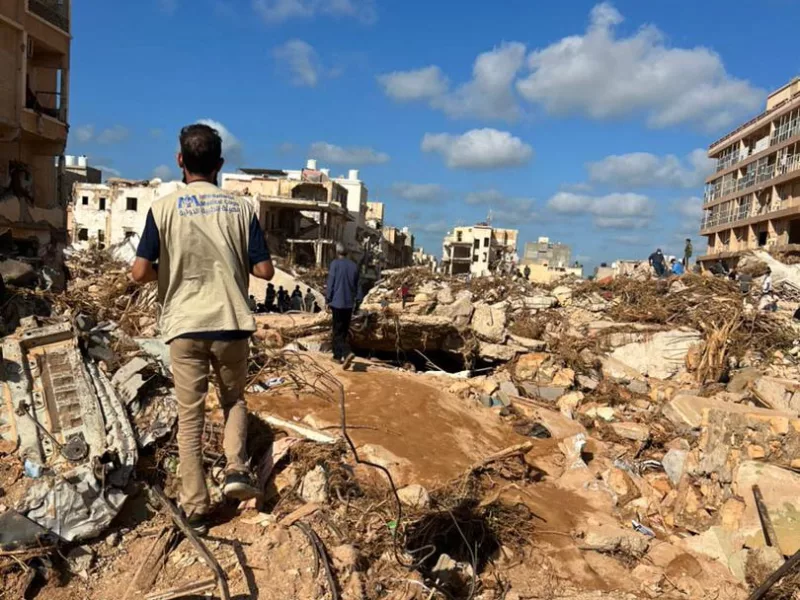
Conflicts and Disasters
During a particularly challenging year, we responded to conflicts and natural disasters around the globe. We deployed a field hospital to Gaza to provide lifesaving medical services and supplies to vulnerable civilians. In Sudan, where conflict has displaced 6+ million people, we supported scores of health facilities and deployed mobile medical teams. In Ukraine, we continued to ensure continuity of healthcare and provide training throughout the country. And when earthquakes struck Morocco, Syria and Türkiye, and flooding devastated northeast Libya, our teams and their partners provided immediate medical care and supplies to affected families while supporting impacted health facilities.

